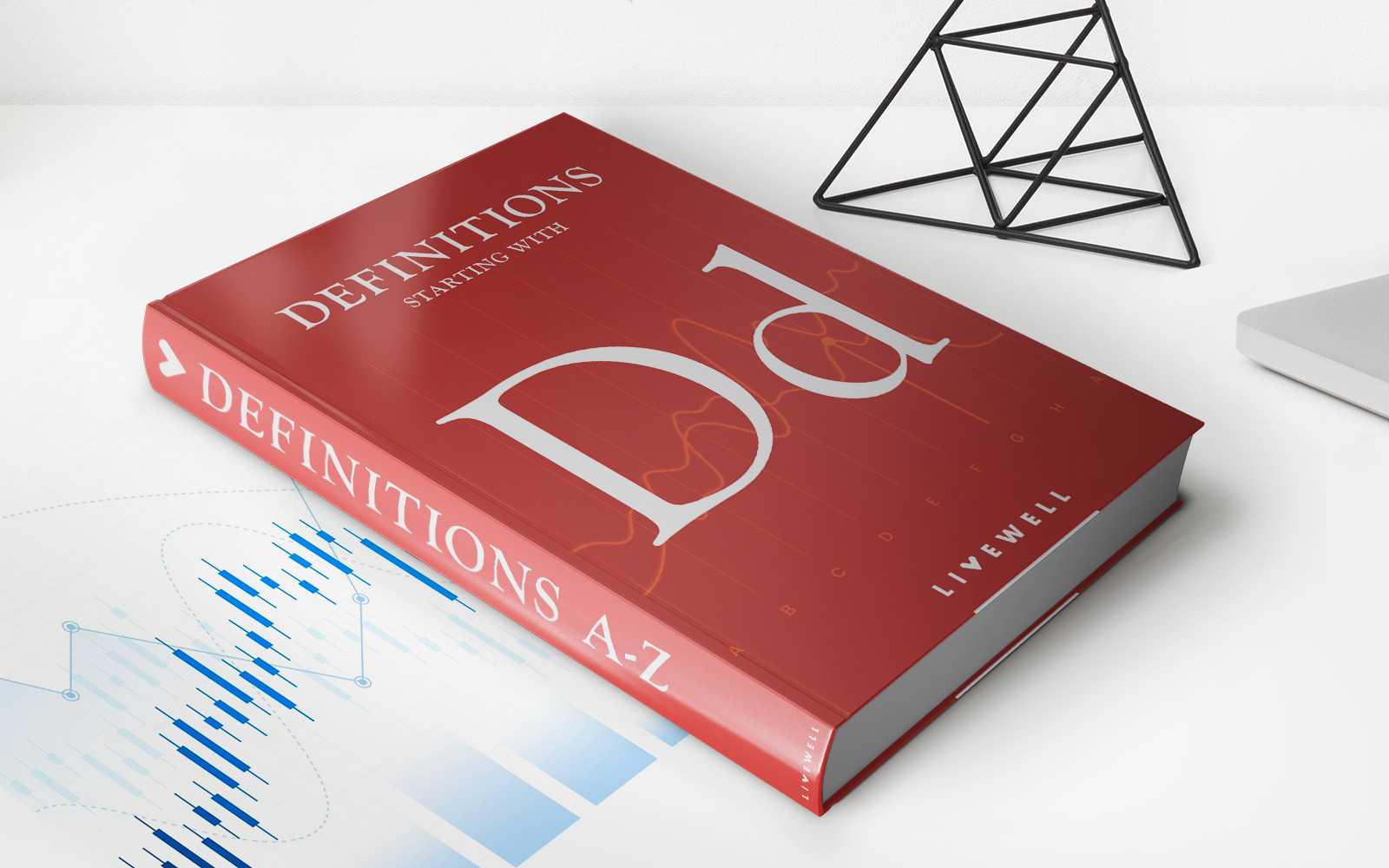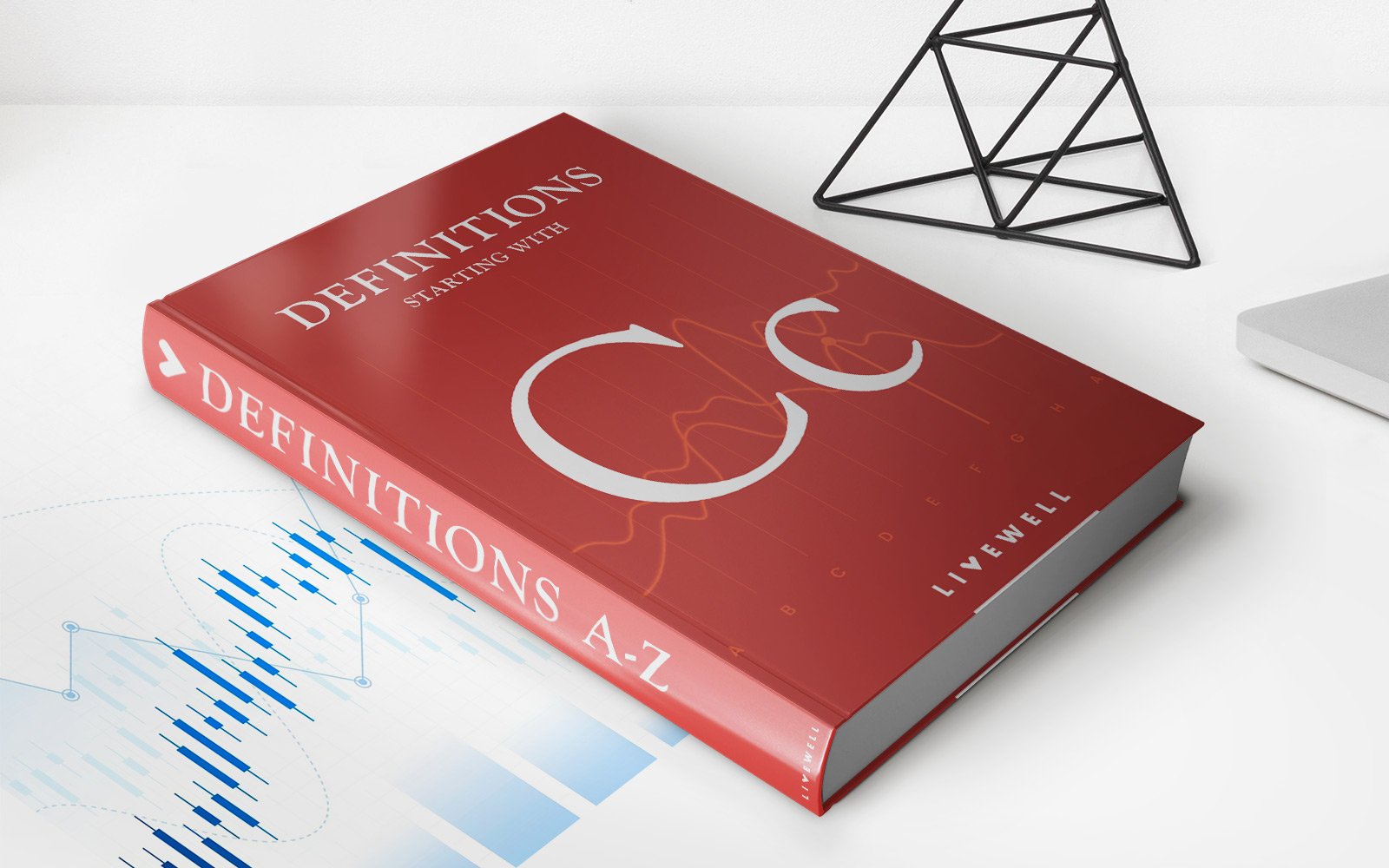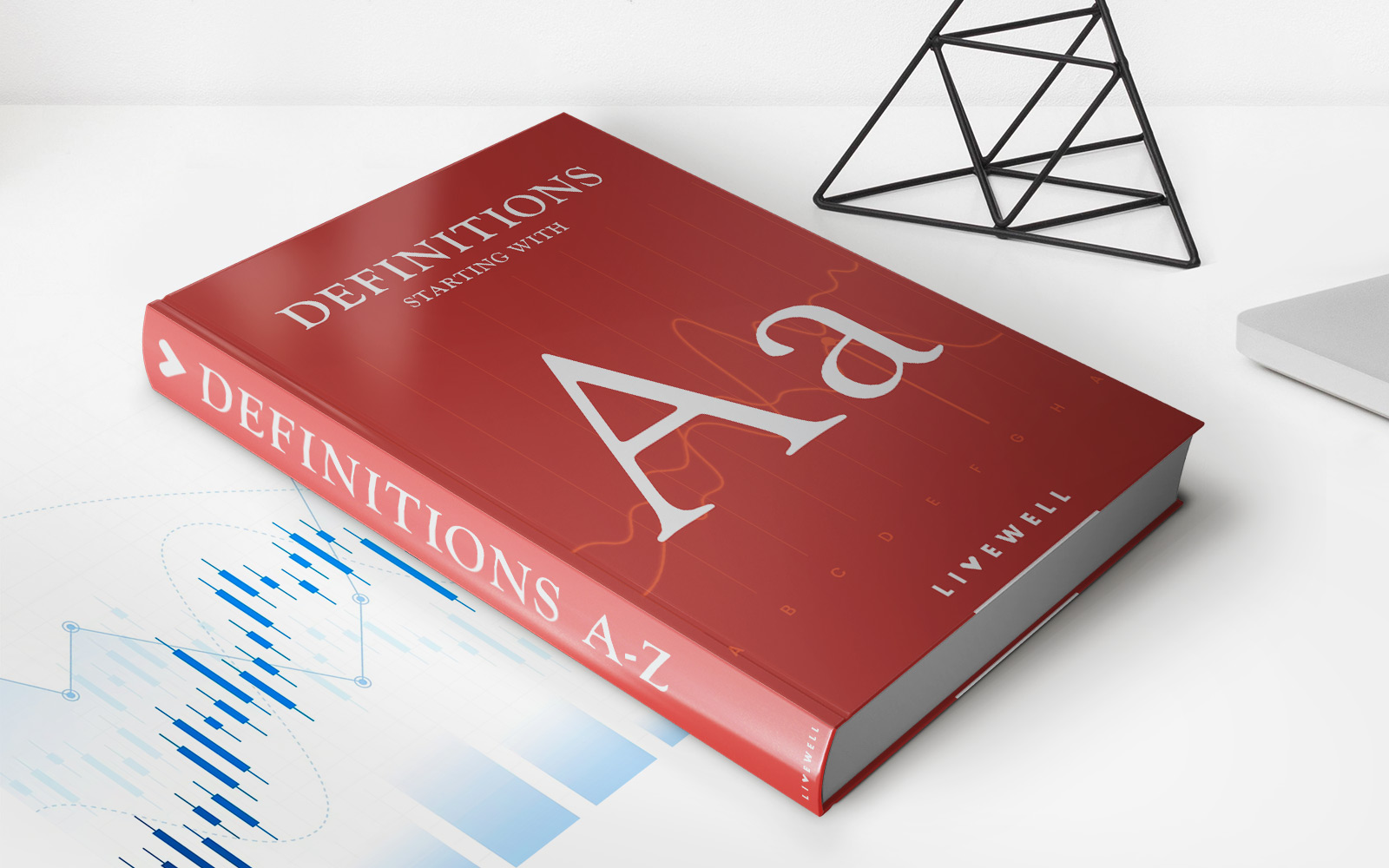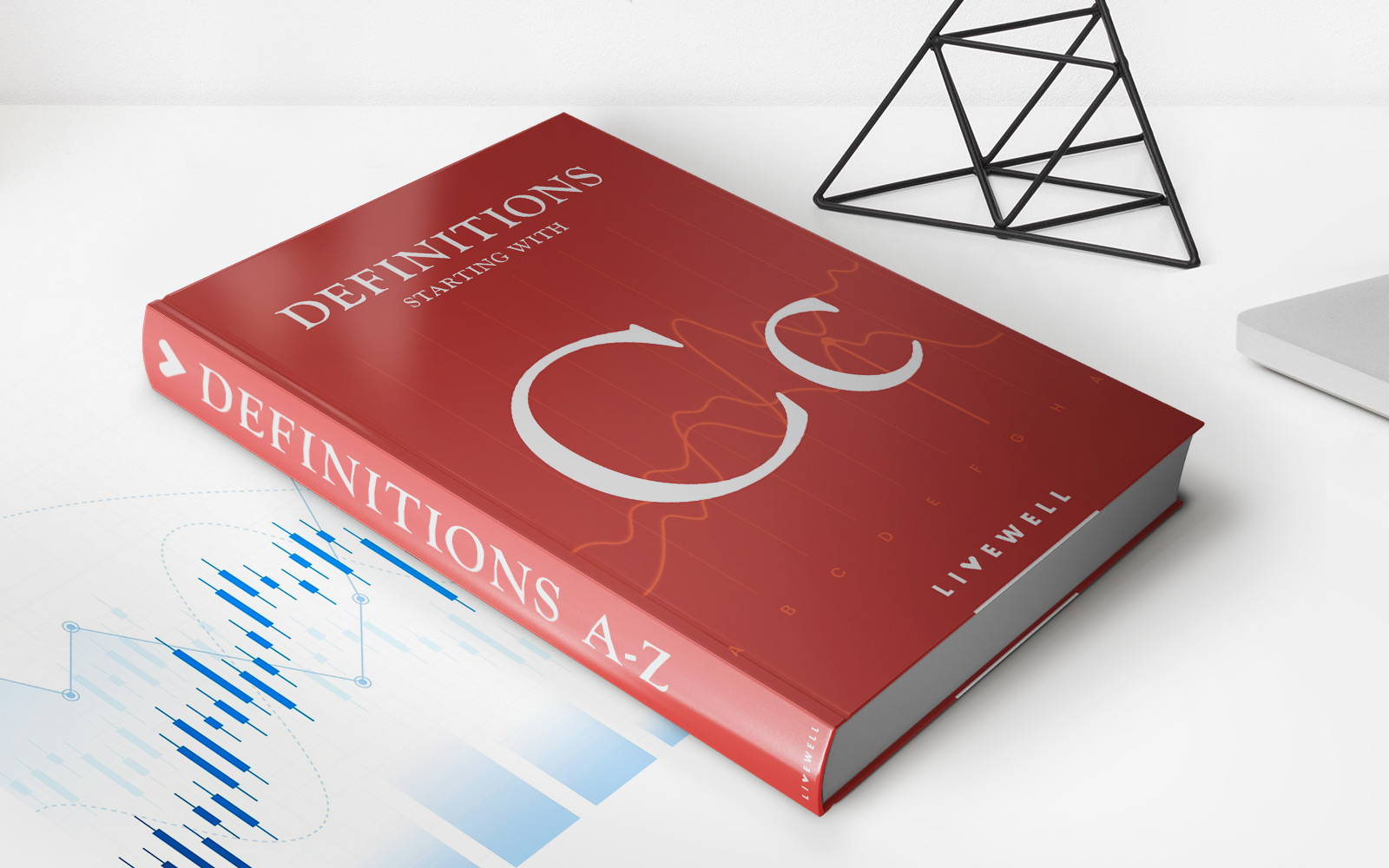Home>Finance>Trimmed Mean: Definition, Example, Calculation, And Use


Finance
Trimmed Mean: Definition, Example, Calculation, And Use
Published: February 11, 2024
Learn the definition, calculation, and use of trimmed mean in finance. Explore a practical example and understand its significance for financial analysis.
(Many of the links in this article redirect to a specific reviewed product. Your purchase of these products through affiliate links helps to generate commission for LiveWell, at no extra cost. Learn more)
Trimmed Mean: Definition, Example, Calculation, and Use
Welcome to our Finance blog! In today’s post, we’ll dive into the concept of the Trimmed Mean and explore its definition, provide an example of its application, explain how to calculate it, and discuss its use in financial analysis. So, let’s get started!
Key Takeaways:
- The trimmed mean is a statistical measure that calculates the average by excluding a specific percentage of outliers from a data set.
- It is a useful tool for reducing the impact of extreme values and providing a more accurate representation of the central tendency of a dataset.
Definition
The Trimmed Mean refers to a statistical measure that calculates the average by excluding a specific percentage of outliers from a data set. Instead of considering all the values equally, the trimmed mean allows for a more robust estimation of the central tendency, reducing the influence of extreme values.
Example
Let’s say you have a dataset of 100 stock prices, and you want to calculate the average price. However, the prices of a few stocks are significantly higher or lower than the rest, which could skew the overall average. By using the trimmed mean, you can exclude a set percentage, let’s say 10%, of the extreme values from both ends of the dataset. This way, you get a more representative average that is not heavily influenced by outliers.
Calculation
The calculation of a trimmed mean involves the following steps:
- Sort the data set in ascending or descending order.
- Determine the percentage of outliers you wish to exclude from both ends. For example, if you want to exclude 10%, take the highest 10% and the lowest 10% of values.
- Remove the specified percentage of values from each end of the data set.
- Compute the average of the remaining values.
Use in Financial Analysis
The trimmed mean is a valuable tool in financial analysis for several reasons:
- Reduces the impact of outliers: Financial markets can be volatile, and extreme values can adversely affect the accuracy of calculations. By using the trimmed mean, investors and analysts can mitigate the impact of outliers and obtain a more reliable measure of central tendency.
- Provides a more accurate representation: The trimmed mean helps to provide a more accurate representation of the average in datasets with skewed distributions or extreme values. This allows for better decision-making by avoiding overreliance on outliers.
- Enables better risk assessment: In risk management, the trimmed mean can be used to estimate the average return on investment without being heavily influenced by outliers. This information can help investors assess risks more accurately and make informed decisions for their portfolios.
So, there you have it! The Trimmed Mean is a powerful tool for statisticians, investors, and financial analysts alike. By excluding a specific percentage of outliers from a data set, the trimmed mean provides a more accurate measure of central tendency and helps in better decision-making. Try using the trimmed mean in financial analysis and witness its effectiveness!














